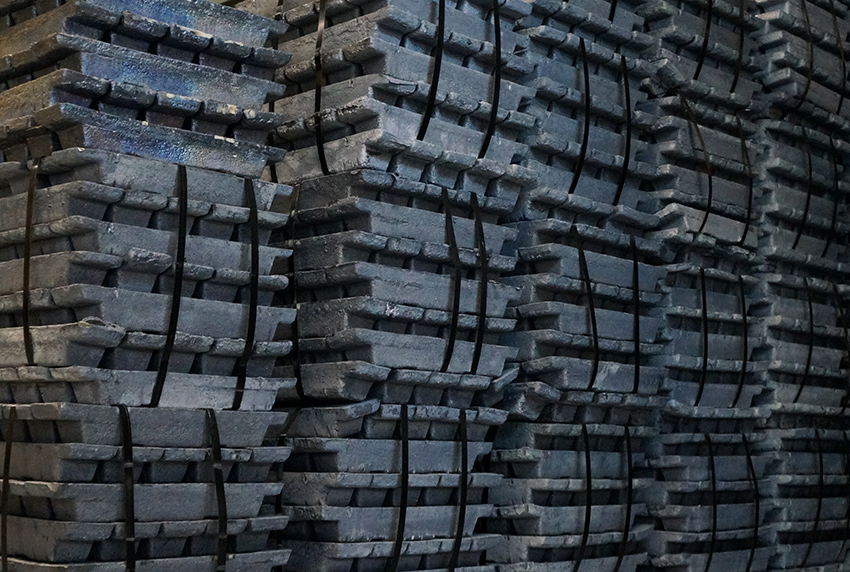Annual premiums for 2017-delivery refined lead in Asia have softened compared with the year before as a result of an uptick in Iranian exports of the metal.
Premiums for 99.97% purity lead ingots have been locked in at a range of $50-90 per ton, CIF East Asian ports, in contracts for full-year 2017 supply, down from $90-100 per ton last year, market sources told Metal Bulletin.
Lead is mainly bought as a raw material to produce lead-acid batteries used to power automotive vehicles. London Metal Exchange three-month lead prices rose by 22.2% in 2016 to close the year on $2,181 per ton.
Higher prices for the metal, aligned with a stronger US dollar, have incentivized the production and export of lead from countries such as Iran and Russia, where exchange rates have suffered of late. Higher exports have in turn softened long-term premiums, sources said.
“It’s getting more available and cheaper,” a lead trader told Metal Bulletin.
“The lead market in the last 12 months has changed completely; it was manageable, now it’s getting tough. There’s a lot of competition around.”
Deals basis CIF Taiwan, a hub for battery makers in the region, have been sealed at $50-60 per ton for lead of Iranian origin, $70-75 per ton for Russian and $85-90 per ton for Australian origin material, several sources confirmed.
“Although they claim the purity [for Iranian lead] is 99.985%, buyers still consider it [to be] 99.97% because their dross is higher than the others,” a buyer there said.
Specific data regarding Iranian lead exports is not publicly available, but sources inside the country have described how the industry there had suffered when prices had dropped and find it harder to achieve the same premium for their metal now that prices had rebounded.
“After the sanctions were lifted, most countries in Asia were interested in working with us; but now the LME is settling higher, customers are only willing to buy at lower premiums,” a producer and exporter of lead in Iran said.
Demand from battery manufacturers has remained stable. The industry is not yet seeing a significant loss of market share from other forms of batteries, such as lithium-ion.
Vehicle production has been largely unchanged. Data from the ASEAN Automotive Federation show that motor vehicle production in the region in January-October 2016 was up 2.0% year-on-year. However, key production hub Malaysia saw production fall by 15.2% in the same period.
“At least 90% of our lead battery makers expect consumption to be unchanged and for stable supply and demand [in 2017],” a second trading source said.


